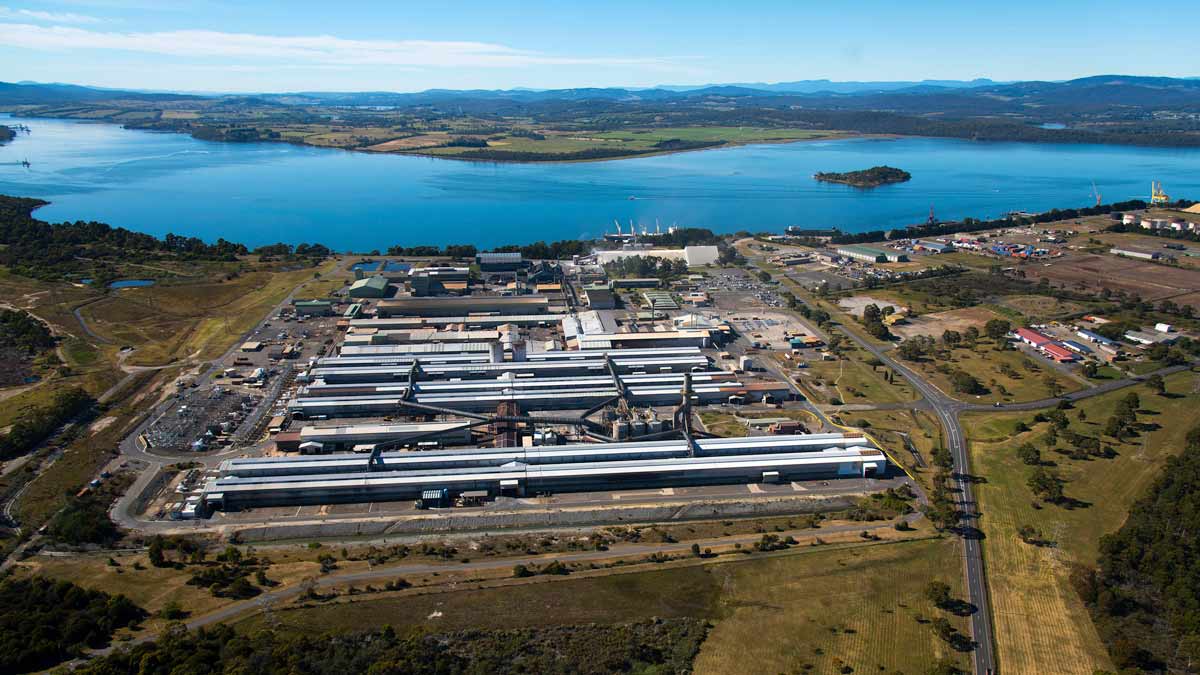Federal Labor has unveiled a $1.9 billion Powering the Regions Fund, alongside its Safeguard Mechanism, designed to support the government’s goal of making Australia a “renewable energy superpower.”
While concerns have been raised around the unlimited access to carbon offsets in Labor’s supposed “fit for purpose” Safeguard Mechanism, the planned Powering the Regions Fund (PRF) has been warmly welcomed.
“The Smart Energy Council welcomes the establishment of a $1.9 billion Powering the Regions Fund,” said Wayne Smith, acting chief executive of the Smart Energy Council.
“This is good news for regional communities and good news for those who care about action on climate change.”
The PRF will be used to support the reduction of industrial emissions and forms a key pillar in the Labor government’s goal of reducing emissions by 43% below 2005 levels by 2030, on the way to net zero emissions by 2050.
The PRF will provide funding to existing industries and support the creation of new clean energy industries.
Specifically, the first objective of the PRF is to “unlock decarbonisation opportunities in existing industries” and will focus on hard-to-abate processes such as in metal refining and chemical manufacturing.
Secondly, the PRF will also look to support the creation of new clean energy industries. The government is hoping this second objective will play a big role in helping Australia’s regional areas contribute to emission reduction targets while also growing industries, jobs, and export markets.
In support of these two goals, the PRF will also support the development of Australia’s workforce, training up in skills necessary to support decarbonisation.
The PRF, however, will also be used for purchasing carbon credits.
As part of the PRF, $600 million will be set aside to establish the ‘Safeguard Transformation Stream’. Projects that could be funded through this Stream include energy efficiency upgrades, shifting to lower carbon processes, hydrogen and biofuels, and switching fuels to electrification.
Unfortunately, though probably somewhat unsurprising, carbon capture, use, and storage projects may also be able to secure a share of the stream funding.
A consultation period will close on February 3 with comments invited through the government’s consultation hub here.










